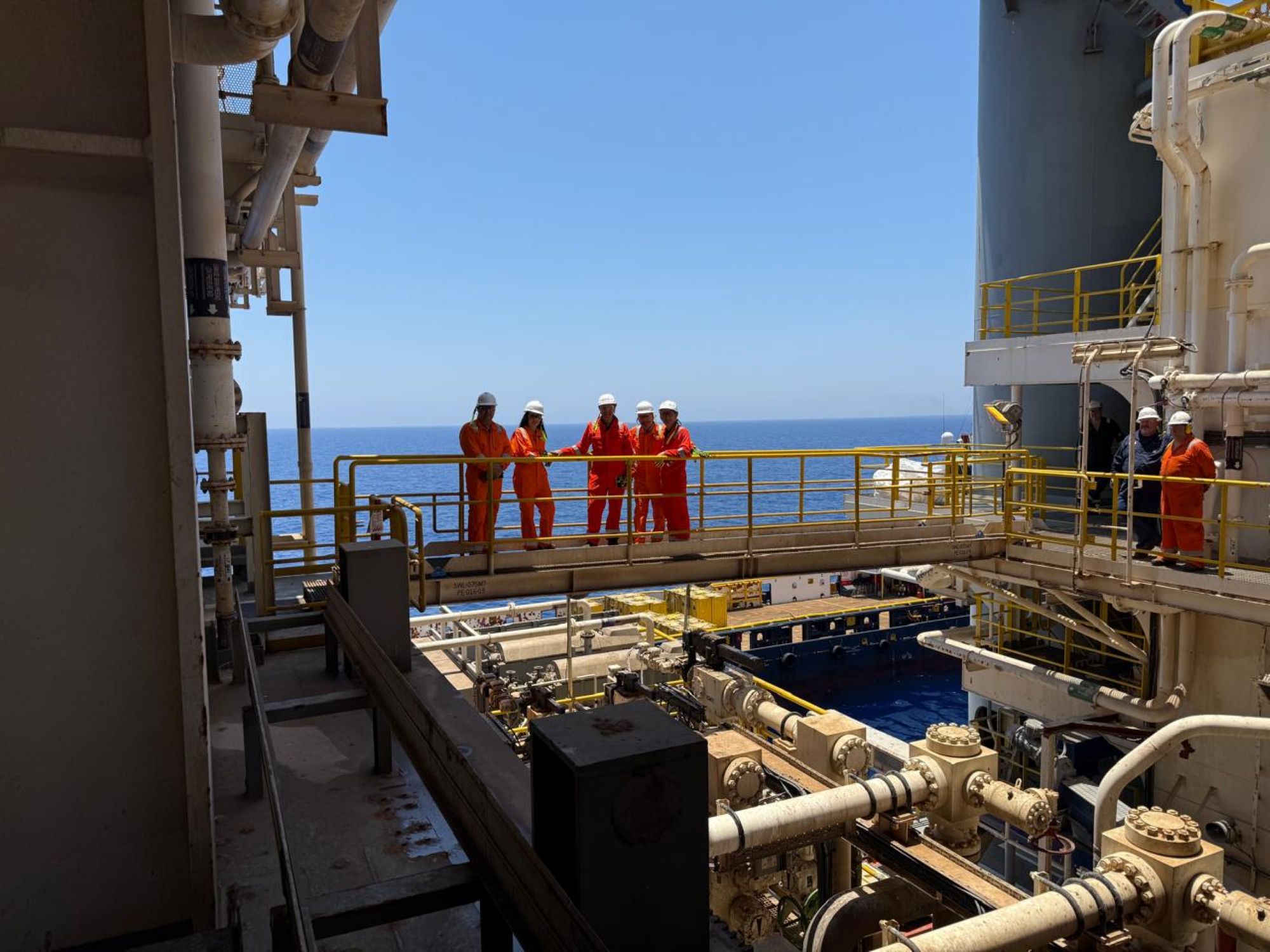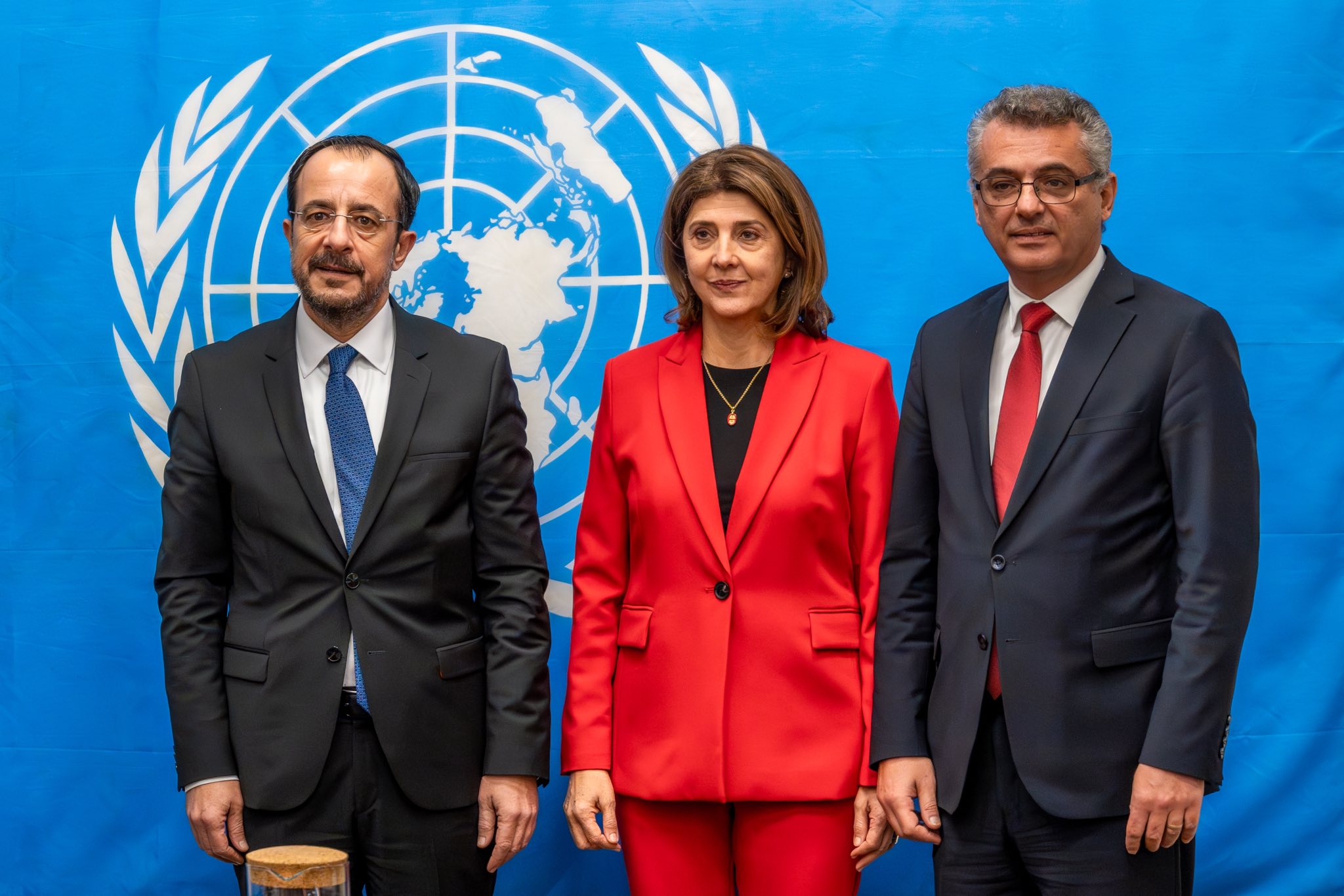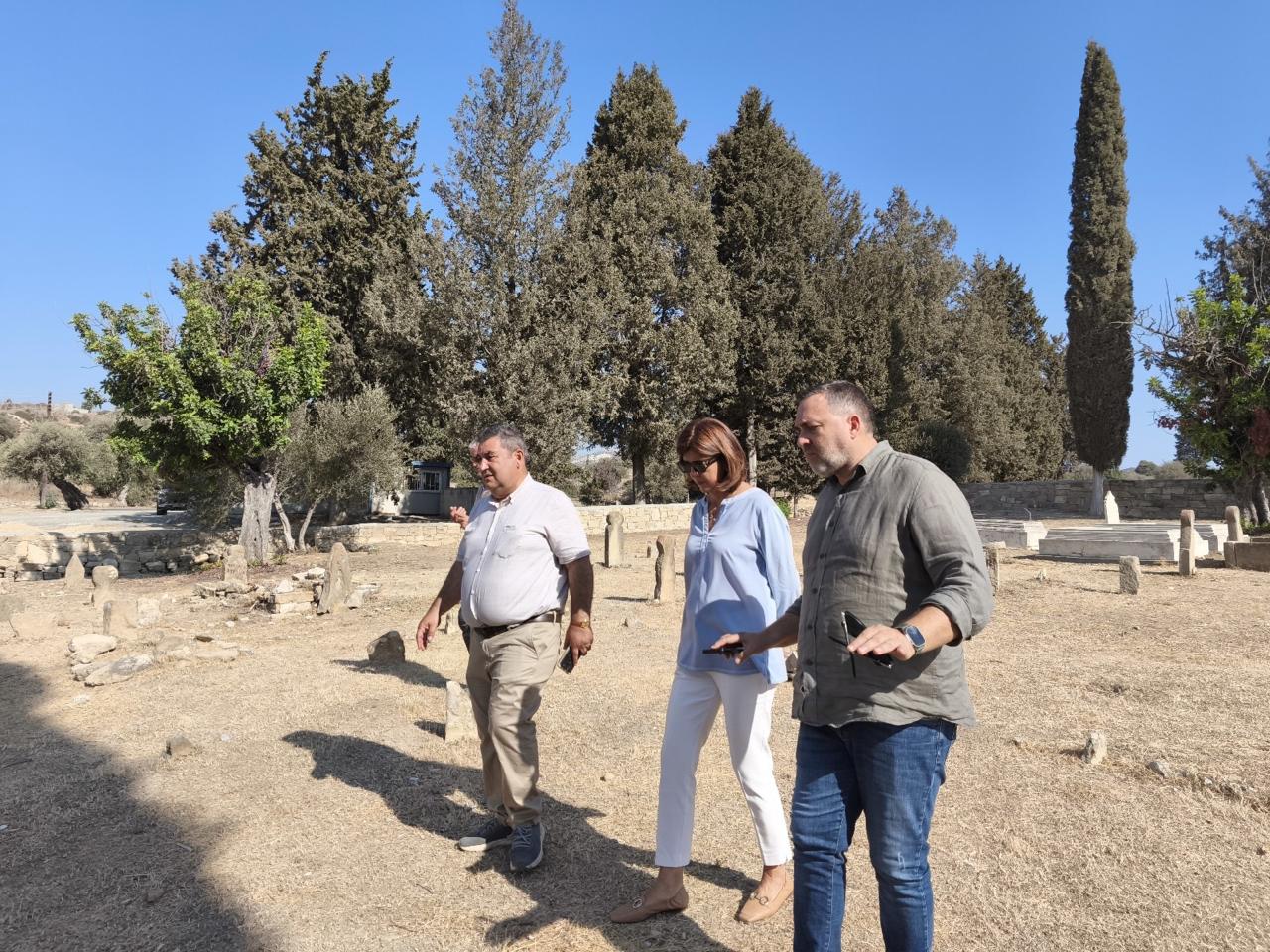There will be “no immediate exploitation” of the ‘Pegasus’ natural gas field, Energy Minister George Papanastasiou said on Saturday.
Addressing the electricity authority’s scientific staff’s trade union Sepaik, he said there are “several stages of technical and commercial evaluation” which are required before the gas from the field reaches the market.
He explained that the ‘Pegasus’ field contains a “column of clean natural gas” which is approximately 350 metres in height, and that this “gives us optimism that this is something which is within the scope of a small to medium deposit”.
The question of whether or not this is the case, he said, will be revealed through evaluations carried out by ExxonMobil, the company undertaking the drilling in Block 10 of Cyprus’ exclusive economic zone (EEZ), where the ‘Pegasus’ field is located.
He said plans for confirmatory drilling on the ‘Pegasus’ field are “pending”, with no timetable having yet been set.
He also stressed the “importance of the technological equipment used” in the drilling effort, adding that he had “noted” the quality of the technology being used during a recent visit to the drilling rig.
“If it were not for the quality of the drill rig that we saw during our visit, that is, the latest generation of drill rig, I believe that this drilling would have been very difficult, if not impossible,” he said.
Asked if the ‘Pegasus’ field is an extension of the ‘Glaucus’ field, which is also located in Block 10, he said, “I do not think it is an extension”, adding that the ‘Glaucus’ field is located “some distance” away.
The ‘Glaucus’ field has been a known quantity for some time and is 133 metres in depth. The ‘Pegasus’ field, therefore, is much deeper.
He was also keen to stress that even if significant quantities of natural gas are found in the ‘Pegasus’ field, it will take years until they can be exploited.
“Let’s not assume that a deposit which was found the day before yesterday will be able to be on the market within a year or two. Processing is needed, infrastructure is needed, agreements are needed,” he said, before adding that there are “difficulties” when “collaborations with other countries are required”.
“We have managed to implement, to sign some agreements, which also provide the direction for the next deposits,” he said.
On this matter, he pointed out Block 10’s proximity to Block 6, over which an agreement had been signed in February by the governments of Cyprus and Egypt and the consortium comprising French multinational corporation Total and Italian energy company Eni.
That agreement set Egypt as the “host government” for Block 6 and the Kronos, Zeus and Kalypso gas fields which are present under its seabed, meaning that the gas extracted will be sent to the Segas liquefied natural gas (LNG) terminal in the Egyptian port city of Damietta for liquefaction.
This agreement, and the fact that Block 10 and Block 6 are next to each other, “creates prospects for connection, even if they are medium-sized deposits”, Papanastasiou said.
On the matter of Block 6 itself, he said Eni and Total are “in consultation” following the signing of February’s agreement.
In addition, he said there “has been interest” in other blocks of Cyprus’ EEZ, with that interest “being evaluated” before the government will make further decisions over what to allocate to which companies.
He had earlier described the find of the ‘Pegasus’ field as “encouraging”, while government sources had told the Cyprus Mail it was “very optimistic”.







Click here to change your cookie preferences